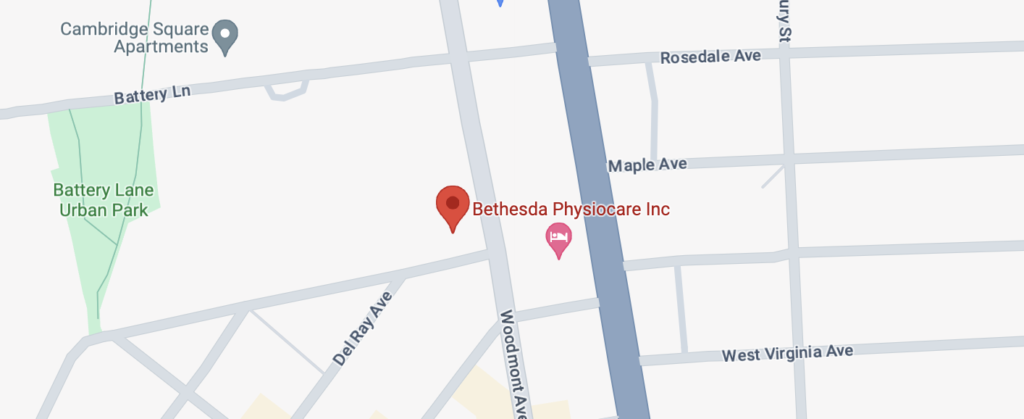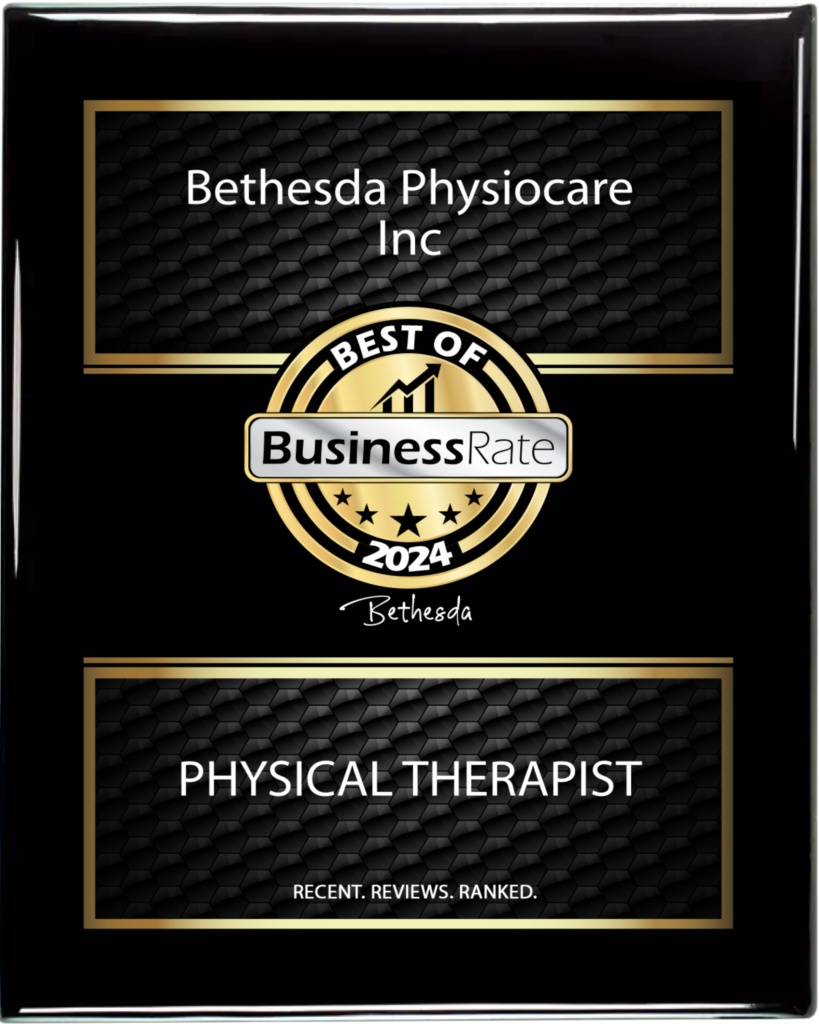
From its use in training soldiers for battle, athletes for optimal performance, students in medical training, or working with conditions like PTSD, virtual reality has also made its way into the world of physical therapy and neurology. At Bethesda Physiocare, we have also used Virtual Reality treatments as a useful component of treatment in patients complaining of pain, range of motion restrictions, and/or fear of movement.
For most people, virtual reality and video games are a matter of entertainment, but the use of this type of technology has proven quite effective in “hacking the brain” and facilitating learning and training. We have only begun to scratch the surface of virtual reality’s healing potential for patients that suffer from a severe injury, pain, or even neurological impairment. There is a growing sector of interest in the field, however, as bioengineering, neurology, and physical therapy converge to find new pathways towards recovery.
What is Virtual Reality?
The prevailing image that pops into people’s minds when they hear the term “virtual reality” is of a headset-wearing person stumbling about an empty room moving their hands around, as they find themselves completely immersed in an alternate reality. That, or the Matrix. Virtual reality comes in many forms these days, as it has become widespread through sophisticated video game graphics and popularly available headsets from Oculus.
Virtual reality is defined as technology that uses computer-aided stimuli that create the illusion of being somewhere else, so it doesn’t require the full headset. Playing a video game on your television is technically a type of virtual reality. The key in much of VR’s use in Physical Therapy, however, is the level of immersion achieved and the functional tasks that are being performed during a person’s VR experience.
Early prototypes of the Oculus Rift emerged around 2012, manifesting what has been an obsession of people for a long time. Science fiction has long delved into the possibilities of immersion in an entirely new 360-degree space. We have always been curious about the idea of submerging ourselves in different realities and the 21st century seems to be the time this has actually come to par.
How is VR Used as part of a Physical Therapy Treatment Plan?
A 2019 column published in the New York Times brought a little attention to this expanding area of exploration. In the piece, columnist Jane Brody writes of her pain and the use of VR to treat others experiencing similar conditions. In one of the cases outlined, a VR headset is part of the treatment. She describes how it floods the senses so completely that it can block out pain signals. One woman suffered a motorcycle accident that left her with residual pain. Her clinic in North Carolina made use of VR approaches to help her with this. VR has also been implemented for burn patients, who experience often-excruciating pain as they get their wounds cleaned. A VR experience can transport them into a snowy landscape that eases the experience and even blocks the pain.
What About VR in Physical Therapy?
There are several ways that virtual reality can be used in physical therapy rehabilitation. Speakers at a 2019 American Physical Therapy Association’s Combined Section Meeting discussed the use of virtual reality to improve mobility. This exploration is a great example of how physical therapists are working with other fields and industries to find new treatments and improve standard-of-care (SOC). Several studies were mentioned here including the use of a VR approach to reducing bradykinesia in patients with Parkinson’s disease. Another study analyzed the effectiveness of WiiFit and Wii Sports games in improving balance and gait speed in patients that have suffered strokes.
Using Technology To Encourage Movement at Bethesda Physiocare
VR can be incorporated into a Physical Therapy treatment plan in order to enhance physical activity and mobility and is especially useful in patients experiencing pain and fear of movement. Here at Bethesda Physiocare, we frequently use specialized technologies such as Virtual Reality and Exergaming to maximize functional, pain-free movement to get you back to living your fullest potential.
So how would it work?
To put it simply, VR is very effective in engaging the brain with the task that is in front of it. Some of these approaches work to build new connections between the brain and the synaptic connections that prompt movement. The brain will form better connections when the person is engaged and the task you are performing has some kind of functional and meaningful goal.
Contact Bethesda Physiocare Today to Learn More!
If you are suffering from pain or lack of mobility because of an accident, injury, or surgery, don’t wait. The perfect plan is waiting for you here at Bethesda Physiocare. Call us to find out how we can help you take control of your life.



